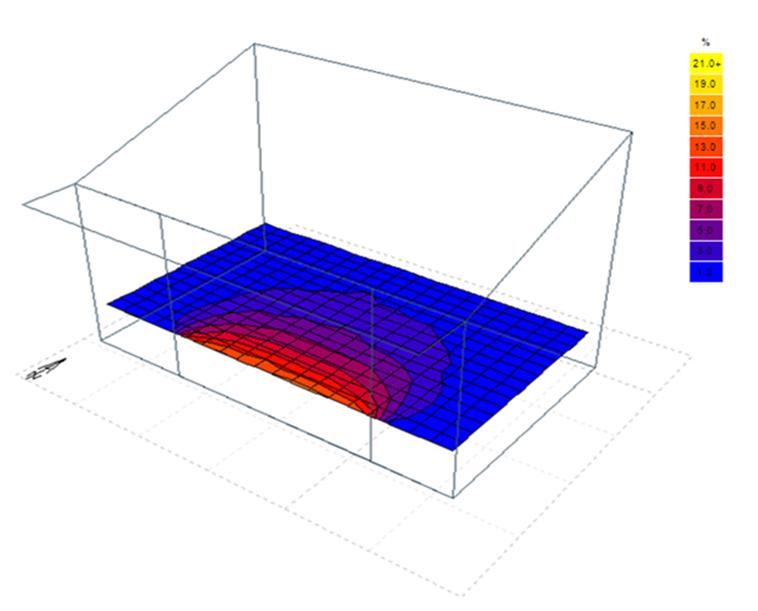Using specialised software, we undertake daylighting studies aiming at optimising building design.
Adequate natural lighting leads to visual comfort which is proven to positively impact on occupants’ health and well-being, raise productivity levels in working environments but also lead to significant energy savings. Ensuring adequate natural lighting is of particular importance to spaces such as school classrooms, office buildings, living rooms and bedrooms in homes for the elderly, in health centres etc.
For determining the appropriate daylighting design criteria according to the type of space / building, national as well as international published guidelines and standards are used, e.g. ELOT EN 12464-1, CIBSE Lighting Code (UK) etc. Daylighting studies take into consideration: the architectural design and space layout, the properties of internal surfaces, the size and properties of glazing, shading systems, as well as the layout and geometry of adjacent buildings.
Considering the above, the estimated average ‘daylight factor’ is calculated for each building area and is assessed against national and international best practice guidelines and standards.
Based on the results of the analysis:
- we evaluate alternative design options for providing natural light
- we recommend to the Client / designers the optimum solutions aiming at maximising the use of daylighting









